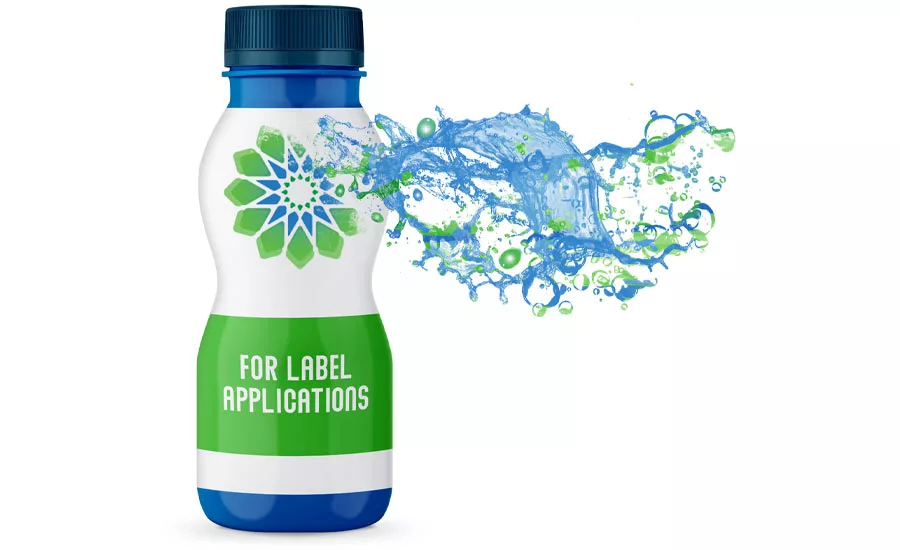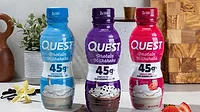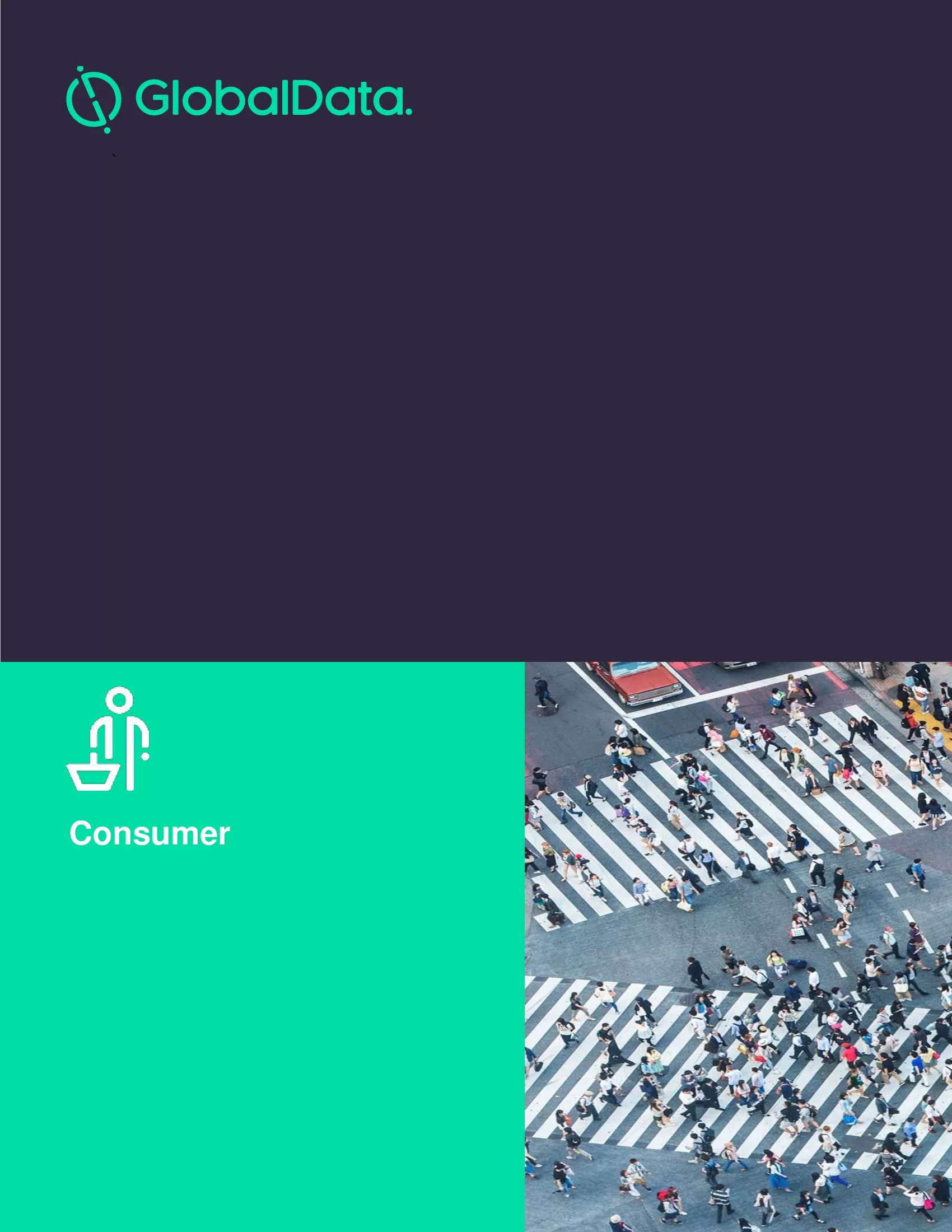Packaging Materials
Sustainability trends drive innovation for labeling materials
Special effects a growing opportunity for beverage labels

“Unless someone like you, cares a whole awful lot, nothing is going to get better. It’s not.” As part of the closing monologue from the Once-ler in Dr. Seuss’ “The Lorax,” the statement professes the importance of caring deeply and spreading the message to spark true change. As consumers and brand owners show the ever-increasing priority that sustainability has commanded, label suppliers are working to address this need state and are driving that important change.
“Sustainability trends continue to gain traction and have translated into thinner materials (downgauging) as bottles have been lightweighted, material that use post-consumer recycled (PCR) waste content, and developments with material to support recycling efforts such as recyclable and floatable labels,” says Gwen Chapdelaine, marketing director for Fort Dearborn Co., Elk Grove, Ill. “As CPGs and retailers have and continue to launch goals to make their packaging recyclable, compostable, biodegradable and increasing the use of recycled materials, related developments in sustainable labeling materials will continue in support of these efforts.”
Chapdelaine explains that downgauging labeling materials has been a proactive approach to help beverage-makers meet their sustainability goals in terms of delivering more labels within each bundle as well as reducing changeovers and shipping weight/costs. However, label suppliers have a host of additional ways in which to fulfill sustainability requests.
“For labels, there are responsibly sourced papers (FSC, SFI, etc.) as well as labels that contain post-consumer waste,” she says. “For labels being applied to PET containers, there are recyclable
pressure-sensitive labels that easily separate from PET containers in recycling systems. For shrink sleeves, floatable, recyclable and deseaming are label options to support PET container recycling.”
Lou Iovoli, senior vice president for Hammer Packaging, West Henrietta, N.Y., notes that sustainable packaging is not unique to the beverage industry.
“All major consumer products customers are establishing corporate goals for more sustainable packaging solutions. Most are targeting 2025,” he says. “This is having a major impact as we see a ripple effect in the supply chain of ideas and solutions to meet these goals. Additionally, in the shrink sleeve category the [Association of Plastic Recyclers] (APR) has provided guidelines that are supported now by the industry to have recycle friendly, approved solutions.”
Iovoli explains that Hammer Packaging’s suppliers are developing closed-loop systems for reclaiming material waste and even recently hired a dedicated sustainability engineer from the Rochester Institute of Technology to support its internal efforts and research opportunities.
“We are currently quantifying environmental impacts from implementing sustainable solutions,” he says. “For example, we have one solution right now that is project to divert nearly 2 tons of plastic waste from landfills annually. It is remarkable how much a trim of film or paper can add up when you evaluate over millions of labels. At Hammer, we are excited about the results and meaningful impact.”
Shane Bertsch, vice president of strategic planning and innovation for INX International Ink Co., details how the Schaumburg, Ill.-based supplier also is tackling the growing requests for sustainable labeling materials.
“There is pressure to convert PVC shrink sleeve labels to polyester or other substrates,” Bertsch says. “Our approach is to consider the end-of-life scenarios of our inks and coatings — how they interact with recycling processes by assisting customers in making products easier to recycle and promoting the development of circular economies. Our focus is on roll-fed floatable labels that separate easily from the container by either mechanical processes or by the consumer directly, and ePET film labels that are recycled together with the PET bottle.
“The new Genesis GS washable label inks that INX introduced in May are available for both applications and were recognized by APR for meeting or exceeding their strict protocols for washable and recyclable PET shrink sleeve applications,” he continues.
Attention grabbers
Although sustainability is a driving force -within labeling materials, the label’s primary job of being the first communication touchpoint with consumers also is motivating advancements within the field.
“Aside from the different materials that can be used, inks, coatings and finishing options are another way to make labels more impactful including digital printing with personalization and variable imaging, fluorescent, foil, frosted, glow-in-the-dark, matte, metallic effects, pearlescent, scented, soft touch, tactile/texture, thermochromatic,” Fort Dearborn’s Chapdelaine says. “Motion effects can also be used with color shifting, holographic, motion coat and even lenticular labels, which add dimension and motion to really make labels stand out on shelf. Another option is through the use of promotional labels such as instant redeemable coupons, extended content booklets and hang tags.”
Hammer Packaging’s Iovoli elaborates about how the company is investing in innovations that deliver a multidimensional effect to a label.
“Hammer has had two recent projects that incorporated special effects,” he says. “The first was a HoloPrism product with a pillar’s pattern. There was no question it attracted attention on the shelf. There are many ways to manipulate the graphics to maximize the effects of the patterns. The second project involved textured coating on the surface of a shrink sleeve. They had a spectacular premium feel as it represented a burlap bag holding fresh produce. Our engineering team is always searching for the next interesting experience for the consumer to best ‘experience’ the brand.”
Through innovations like these, labeling materials can help beverage brands deliver that deeper experience to consumers.
Looking for a reprint of this article?
From high-res PDFs to custom plaques, order your copy today!









